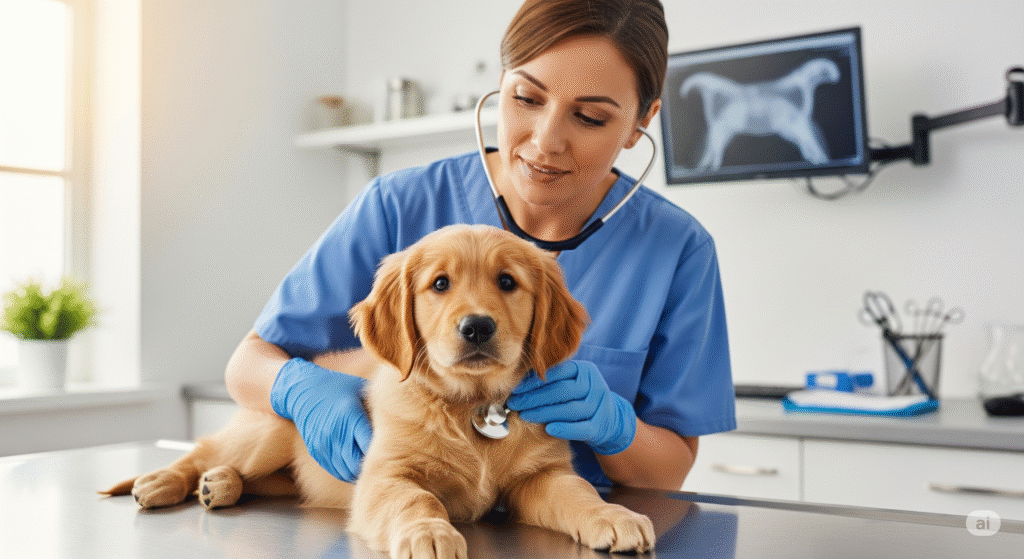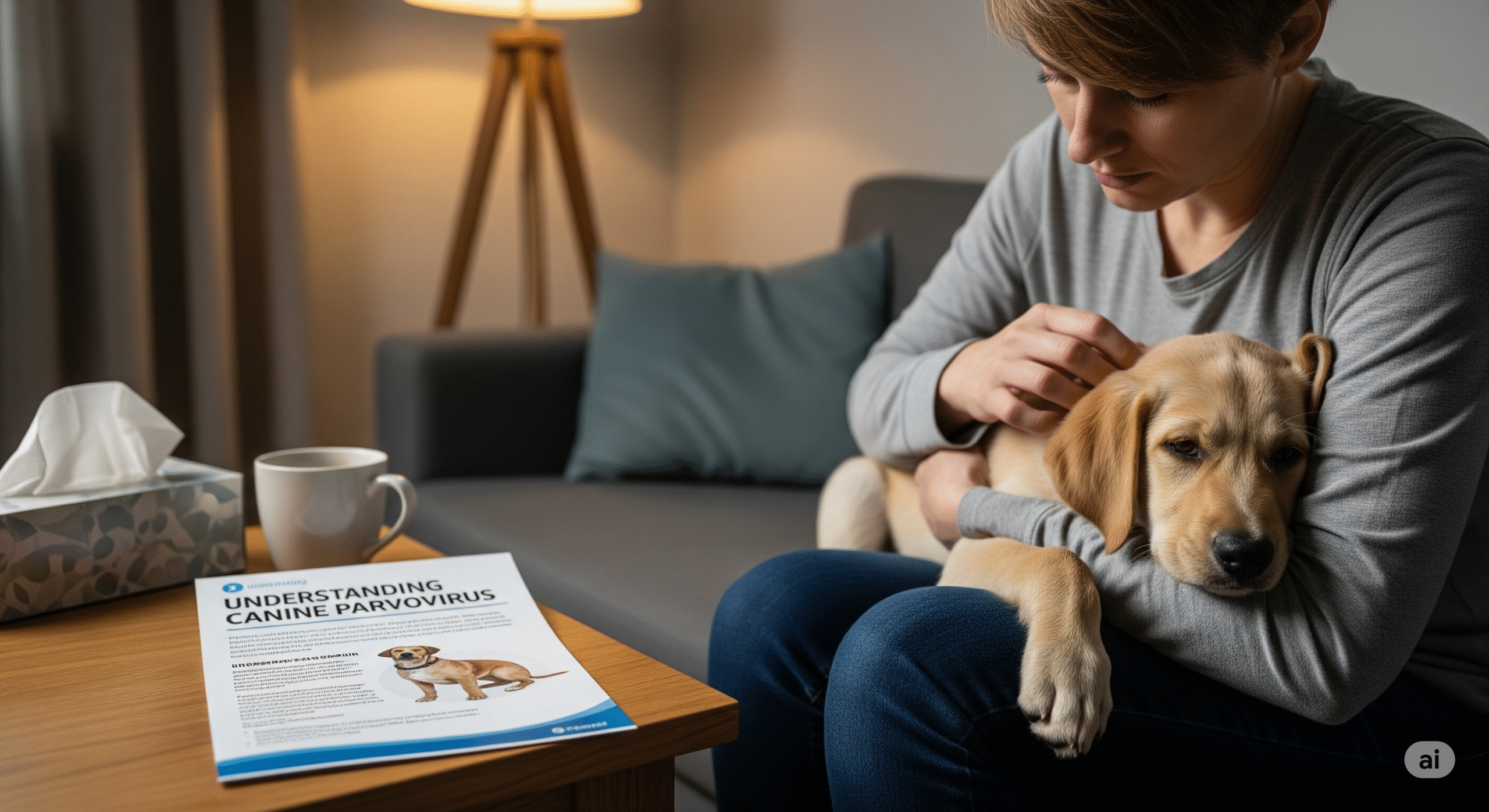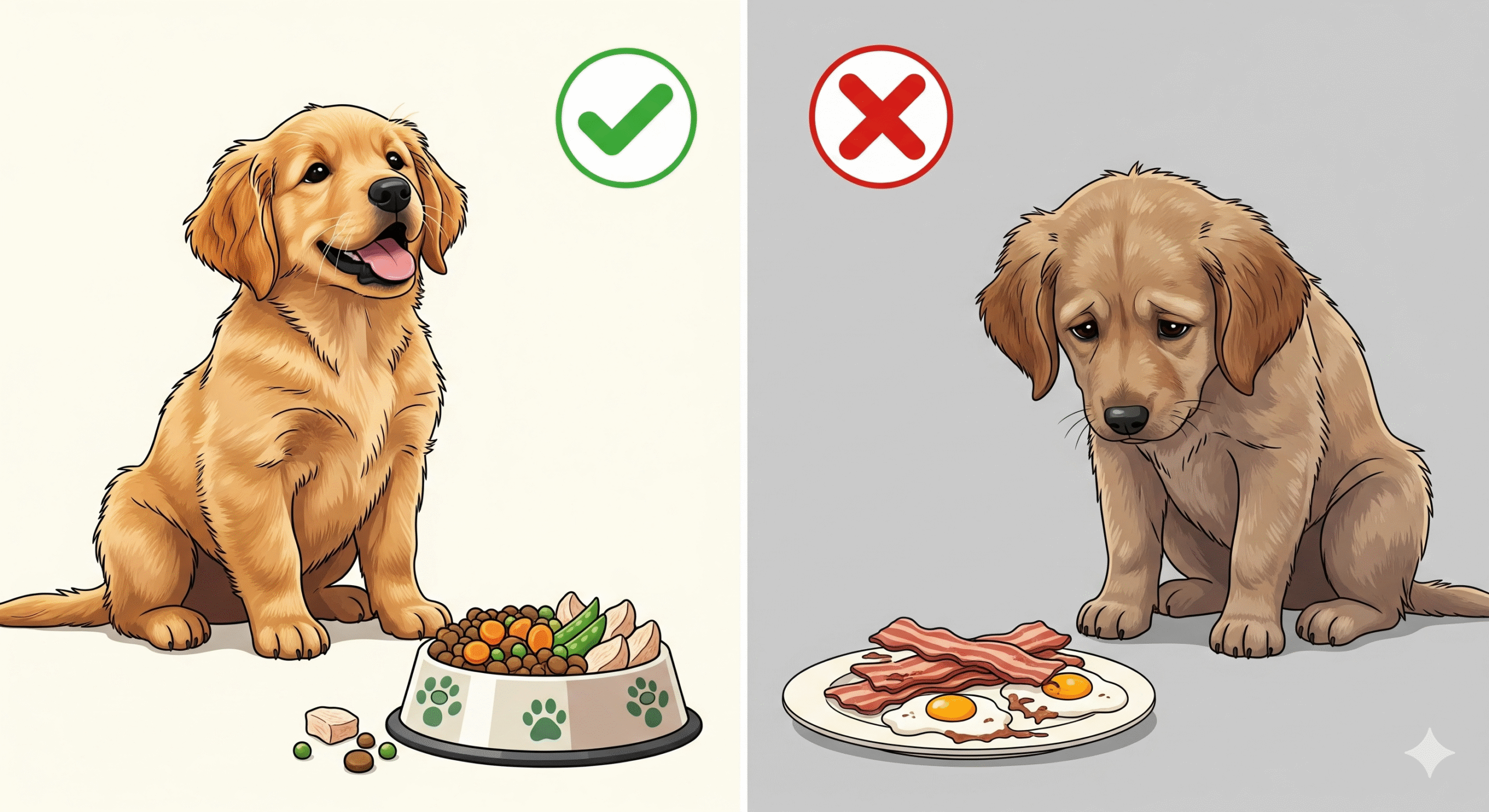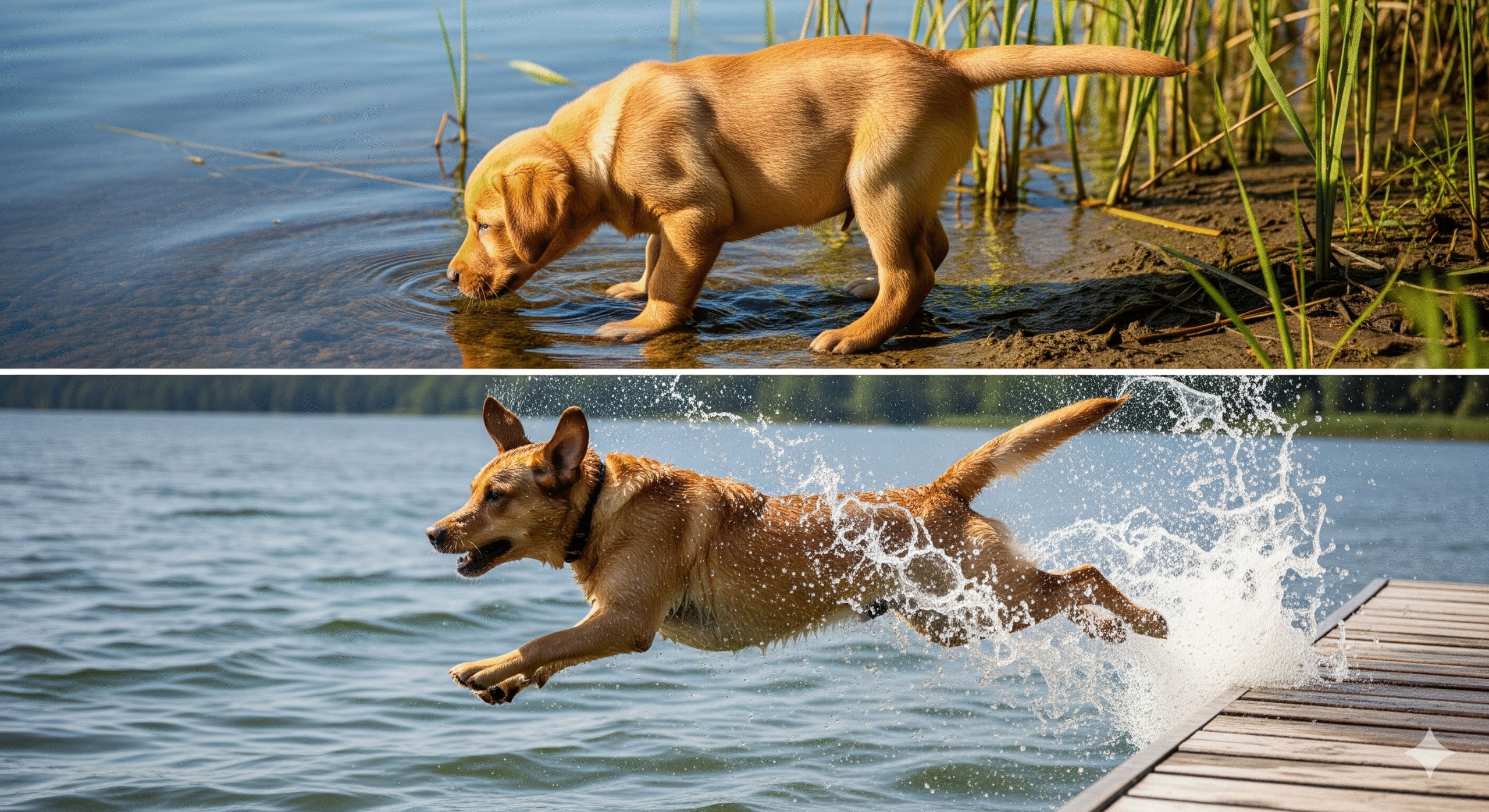Canine parvovirus (parvo) is one of the most dangerous and contagious diseases affecting puppies. Without immediate treatment, it can be fatal within 48-72 hours. As a puppy owner, recognizing the early warning signs and knowing emergency protocols could save your dog’s life.
This vital guide covers:
✔ What parvo is and how it spreads
✔ First symptoms you must never ignore
✔ Emergency care steps while getting to the vet
✔ Proven prevention methods (vaccination is key!)
✔ Survival odds and treatment costs
Let’s arm you with life-saving knowledge!
What Is Canine Parvovirus? 🦠
Parvo is a highly contagious virus that attacks:
- Intestinal lining → Severe vomiting/diarrhea
- White blood cells → Weakens immune system
- Heart muscle (in young pups) → Cardiac failure
How It Spreads:
- Direct contact with infected dogs
- Contaminated surfaces (bowls, leashes, floors)
- Human hands/clothes carrying the virus
- Soil (can survive outdoors for 1+ year)
Most Vulnerable:
- Unvaccinated puppies 6 weeks – 6 months old
- Breeds: Rottweilers, Dobermans, Pit Bulls, German Shepherds
Early Signs of Parvo in Puppies 🚩
Watch for these first 24-48 hour symptoms:
Stage 1: Early Warning Signs
- Lethargy (unusual tiredness)
- Loss of appetite
- Fever (103°F+)
- Hiding or clingy behavior
Stage 2: Critical Symptoms
- Severe vomiting (often yellow bile)
- Bloody diarrhea (foul-smelling)
- Dehydration (dry gums, sunken eyes)
- Weakness/collapse
🆘 EMERGENCY: If you see bloody diarrhea + vomiting, go to the vet IMMEDIATELY.
Emergency First Aid (While Getting to Vet) 🚑
Do This Now:
- Isolate the puppy from other dogs
- Offer small ice chips (no food/water if vomiting)
- Wipe paws/bum with warm water (prevent skin burns from diarrhea)
- Wrap in a blanket (prevent hypothermia)
What NOT to Do:
❌ Give Pepto-Bismol or anti-diarrheals (can worsen bleeding)
❌ Force food/water (risks aspiration pneumonia)
❌ Wait “to see if it passes” (parvo kills fast)
Veterinary Treatment & Costs 💉
Standard Parvo Treatment:
- Hospitalization (3-7 days)
- IV fluids (combat dehydration)
- Anti-nausea meds
- Antibiotics (prevent sepsis)
- Plasma transfusions (severe cases)
Cost Range: $1,000-$5,000+
Survival Rate: 68-92% with early treatment
Home Care (If No Vet Access):
⚠️ Only if vet care is impossible ⚠️
- Sub-Q fluids (learn from vet)
- Syringe-fed electrolytes (Pedialyte)
- Probiotics (after vomiting stops)
How to Prevent Parvo 🛡️
Vaccination Schedule:
| Age | Vaccine |
|---|---|
| 6-8 weeks | First DHPP shot |
| 10-12 weeks | Booster |
| 14-16 weeks | Final booster |
| 1 year | Annual booster |
Key Tip: Avoid dog parks/pet stores until 2 weeks after final vaccine
Disinfection Protocol:
- Bleach solution (1:32 ratio with water) kills parvo
- Wash all fabrics in hot water + bleach
- Replace porous items (dog beds, toys) if exposed
Parvo Puppy Survival Stories 🌟<
Case Study:
- Patient: 10-week-old Labrador
- Symptoms: Bloody diarrhea, 104°F fever
- Action: Hospitalized within 6 hours of symptoms
- Outcome: Recovered after 5 days IV fluids
- Cost: $3,200
Vet Insight:
“Puppies who survive first 4 days typically recover fully with no lasting effects.” – Dr. Emily Thompson, DVM
When to Euthanize a Parvo Puppy 😢
Consider euthanasia only if:
- Pup is unresponsive to 72+ hours of IV treatment
- Organ failure develops (kidneys/liver)
- Financial constraints prevent continued care
Resource: Many clinics offer payment plans or nonprofit aid

A dry, hacking cough that sounds like your puppy has something stuck in their throat is a classic sign of kennel cough. This highly contagious respiratory infection is common in puppies, especially after they’ve been in contact with other dogs. While it often sounds terrible, most cases are mild. It’s crucial, however, to know the signs that indicate a more serious problem and how to provide comfort. For a complete breakdown of what to watch for and how to help your puppy feel better, read our guide on Kennel Cough in Puppies: Symptoms & Home Care.






